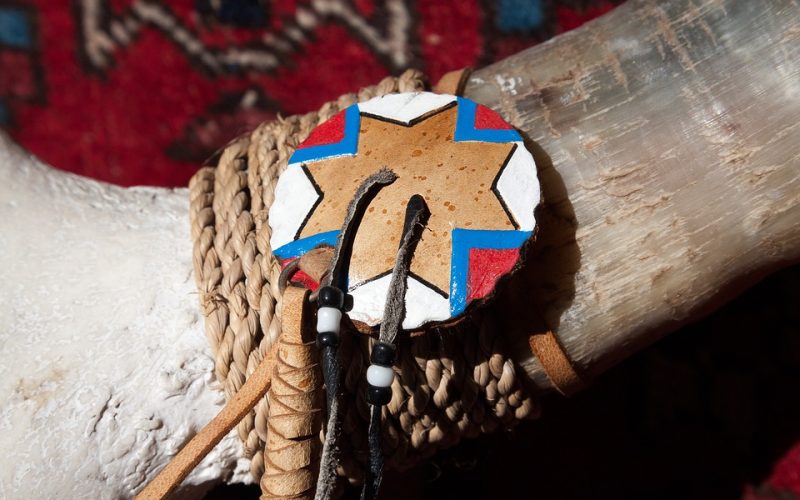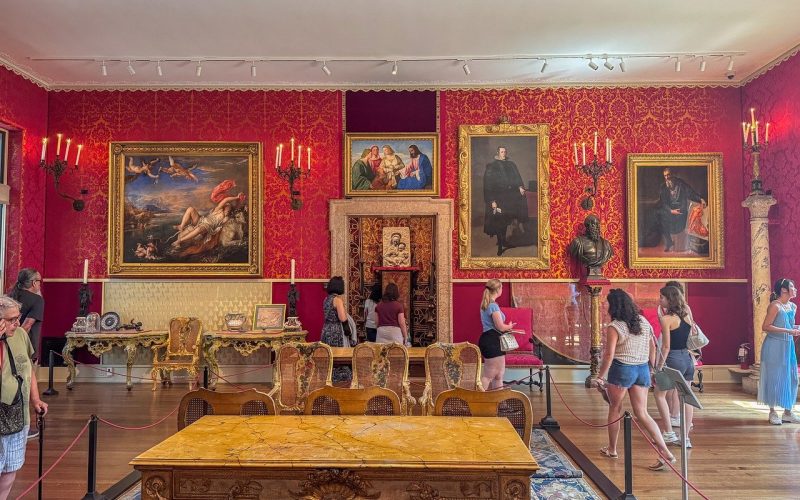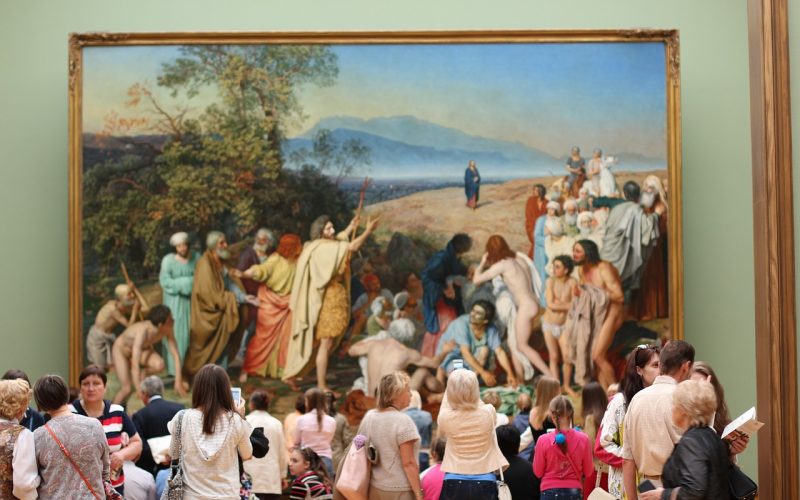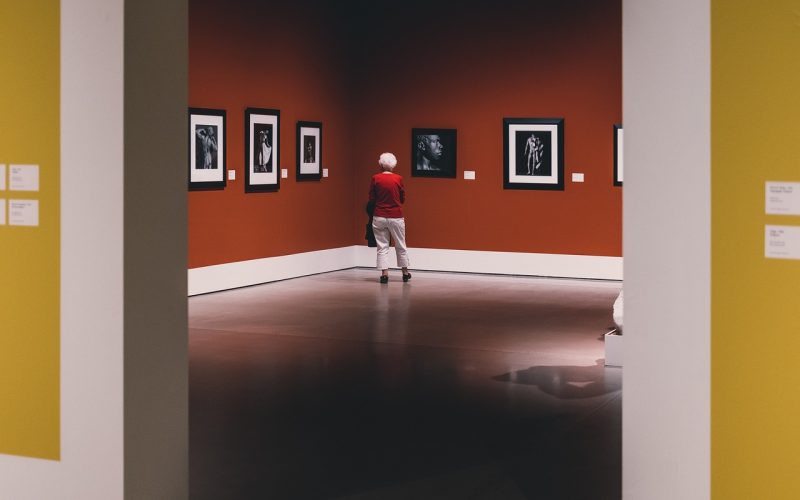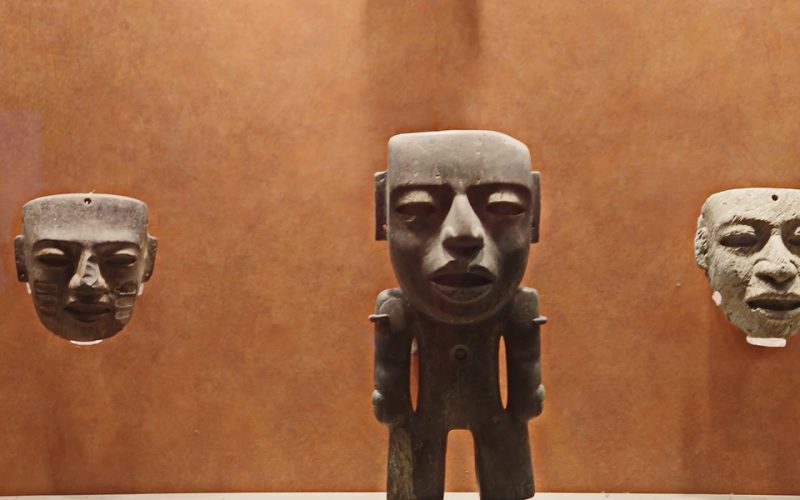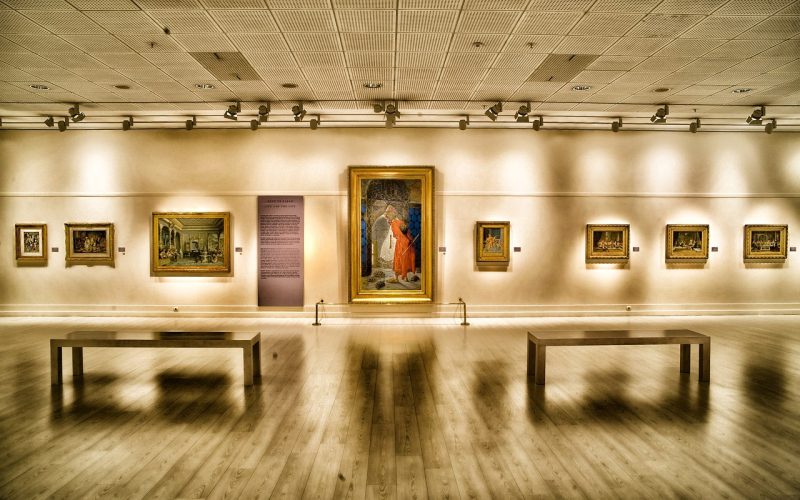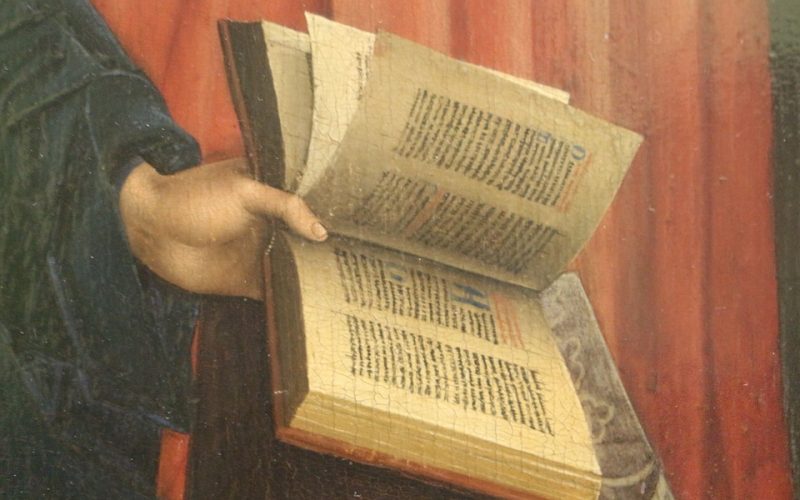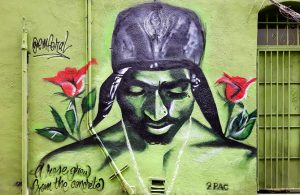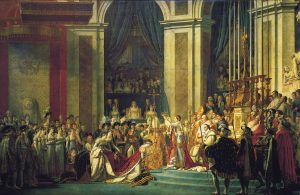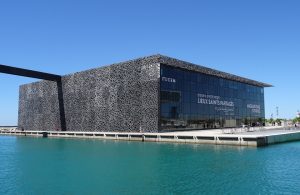Pre-Colombian Art
Voyages of exploration often have unplanned consequences, but few of them have had more impact on the classification of art than when Christopher Columbus set sail to find a western path to the riches of India. He sailed the Atlantic Ocean, hoping to find a short cut to this exotic land. His voyages led to the discovery of two continents as well as the islands of the Caribbean. The classification of all art in North, Central and South America, as well as the Caribbean, is now divided by his trips.
While it took decades before Columbus and those who followed to explore these vast land masses, art before he set sail is all defined as Pre-Colombian. Anything after that has different classifications, and it often depends upon the decade when it was created. While Columbus was the first, the Spaniards quickly sent more expeditions to the New World, and they are credited with influencing the art of the natives.
There are few examples of this type of broad classification, and there were many different cultures existing during that time period. In South America, the Incas were one of the predominant cultures. North America had a vast collection of Native American tribes, and their settlements stretched from coast to coast. Unlike the huge empire present on the southern continent, the north had many different civilizations that did not always interact with each other due to distance.
Collectors who specialize in amassing Pre-Colombian art have a wide range of choices available to them, and many will focus on one or two cultures. Native American art is popular due to its variety from different cultures. In Central America, the Mayans had a civilization that produced many interesting works. While the Incas spanned the western half of the continent, South America had many tribes that existed for centuries, and some are still being discovered today.
